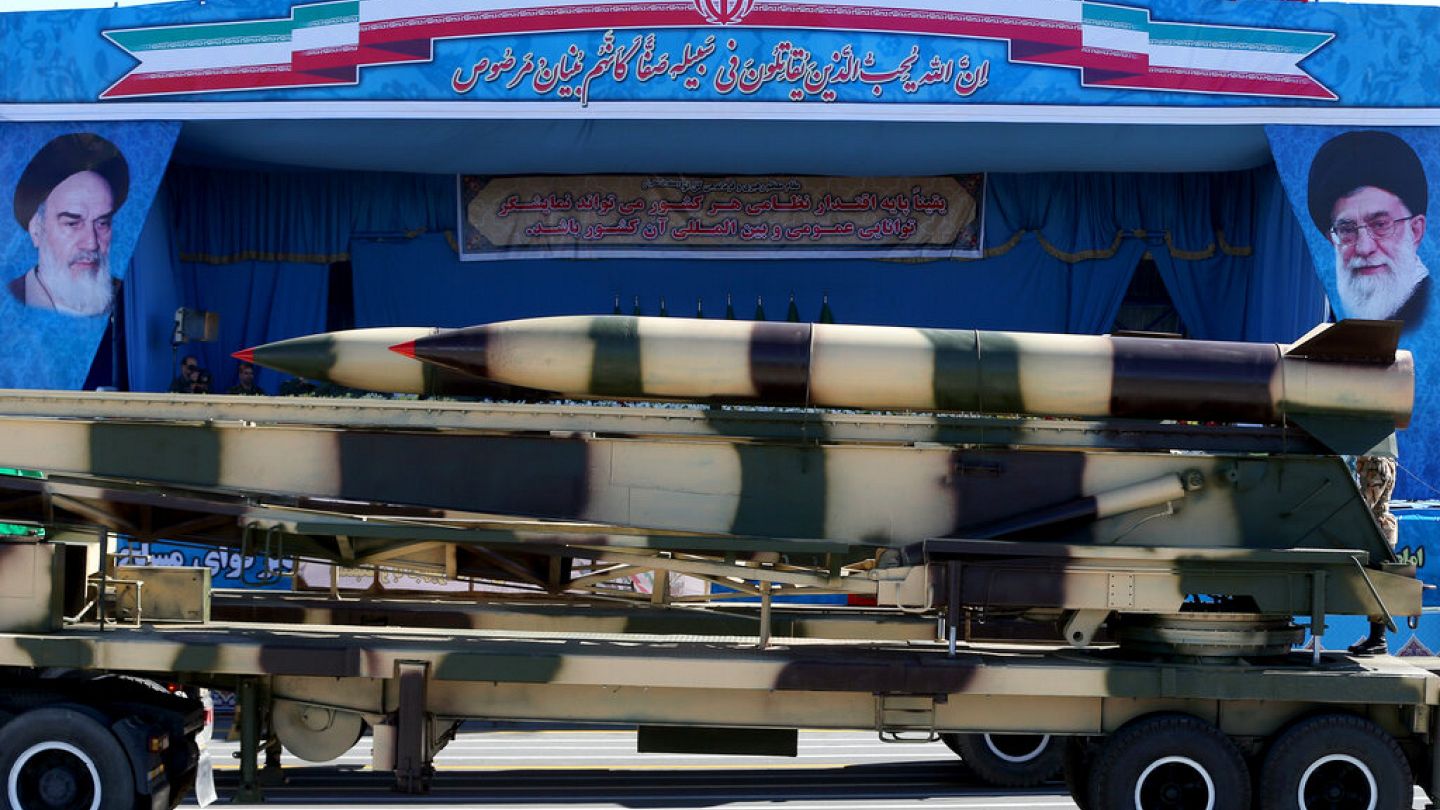Iranian weapon with ideological payload: What is the Kheibar Shekan missile?
Iran's armed forces have carried out the twentieth wave of a massive missile-drone operation against Israeli military targets, targeting Ben Gurion Airport and biological research centres, as part of an ongoing escalation in what Tehran calls a "strategic response to Israeli aggression".
The IRGC today announced it had deployed the Kheibar Shekan, Iran's latest long-range solid-fuel ballistic missile, indicating that the attack did not include "all armed capabilities yet", signalling the possibility of future escalation.According to IRNA, the Kheibar Shekan missile belongs to the fourth generation of the Khorramshahr family of ballistic missiles, with a range of 1,450 kilometres. It is considered one of the most prominent technical developments in the Iranian missile system, as it has a degree of accuracy thanks to a satellite guidance system, in addition to manoeuvrable warheads.The high-explosive warhead weighs about 1,500 kilograms and is up to four metres long, while the missile has a speed of more than 19,500 km/h outside the atmosphere and nearly 9,800 km/h inside it, making it very difficult to intercept even for advanced defence systems such as Patriot and David's Sling.Sequential developmentThe first version of the missile dates back to 2017, when Tehran unveiled the Khorramshahr-1, which was 13 metres long and 1.5 metres in diameter, at a military parade on the occasion of "Holy Defence Week". The second generation "Khorramshahr-2" appeared in 2019, with guided warheads and a total weight of 20 tonnes, followed by the fourth generation "Khorramshahr-4" in May 2023, without Iran revealing the details of the third generation "Khorramshahr-3", although military sources confirmed that it exists and has advanced capabilities that have not been disclosed for security reasons.The Kheibar Shekan is characterised by design features that reduce its ability to be monitored or intercepted, most notably the absence of ailerons, which reduces the area of friction and increases its speed and accuracy. The missile relies on a local engine called "Arond", which was integrated inside the fuel tank to reduce the length and increase camouflage, and is launched from a mobile platform and prepared for launch in less than 15 minutes.The missile operates in three operational phases: take-off and flight, then guiding the warhead with rear engines after separation, and ending with entering the atmosphere where the final guidance engines are activated while maintaining a speed of more than Mach 8.Symbolic and ideological significanceThe Kheibar Shekan missile derives Its name from Arabic meaning "Breaker of Khyber", a reference to the historical battle of Khyber between Muslims and Jews in Arabia. Imam Ali bin Abi Talib played a prominent role in the batle, which gives the name special religious significance among the Shiite community, and reinforces the Iranian narratives couching the conflict with Israel in a "historical and ideological" context.The Kheibar Shekan was previously used in the "Sadiq Promise 1" attacks in April 2024 and "Sadiq Promise 2" in October of the same year, according to Western media reports, reflecting Iran's increasing reliance on this model in its long-range operations.


